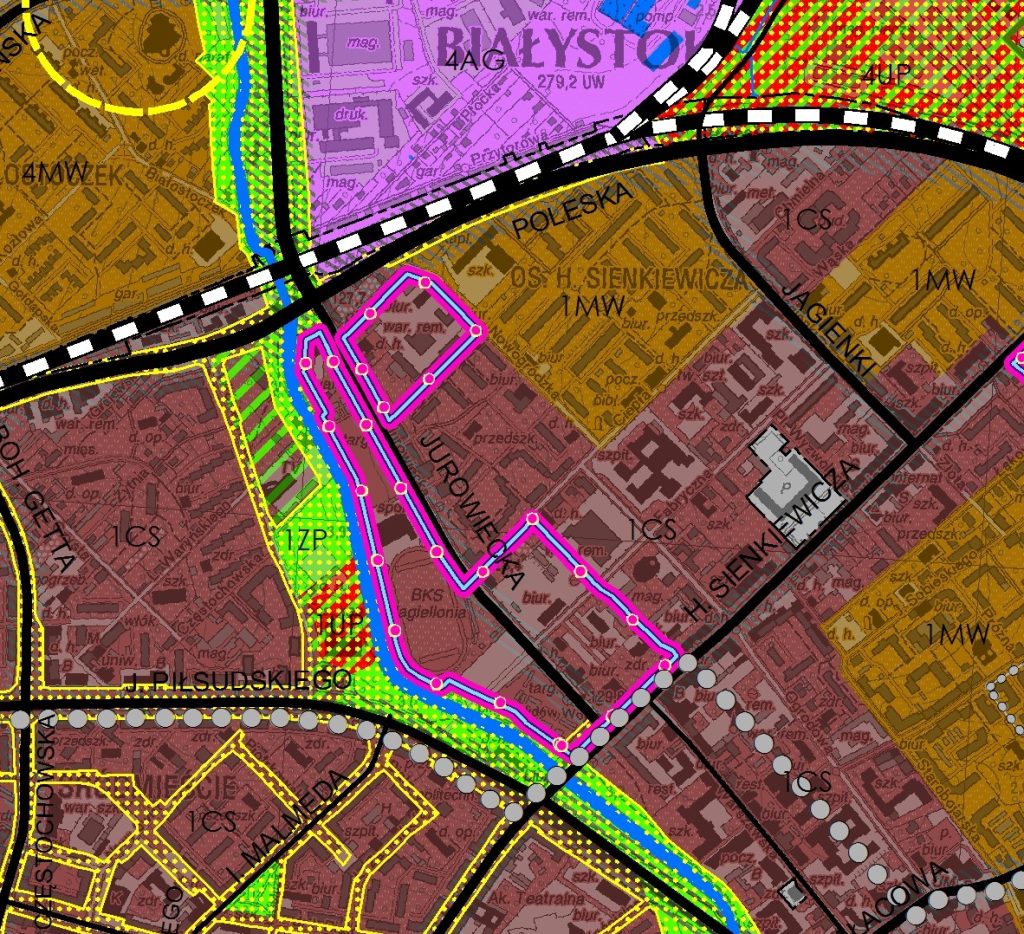Legal status of land
There are physical land use but also legal elements associated with human activity. And with these, we will start to examine the elements of space related to man. As a society we are based on a legal and economic order, the expression of which in space is the division into the property. Physically, the property boundary may exist as fences, although whether the boundary coincides with a fence we cannot be sure.
The law in the urban design

Something we also don’t necessarily need to see, but as architects, and members of the community, we need to know that there are certain laws that regulate activities in space and which are set by urban planners and passed by the municipal authorities as local law. These are urban planning guidelines in some countries, in Poland, these are local spatial development plans (in other countries referred to as master plans). There are also urban planning documents that provide guidance to planners, and we will use such a document when preparing the analysis.
Who is owner?

In the area under study, a large percentage of the area is owned by the municipality of Białystok or the state treasury, i.e. central or regional administration areas. Areas in Jurowiecka Street belong to private individuals, commercial companies, and cooperatives.
